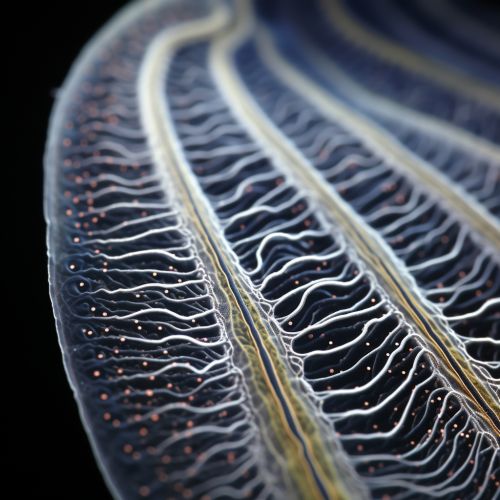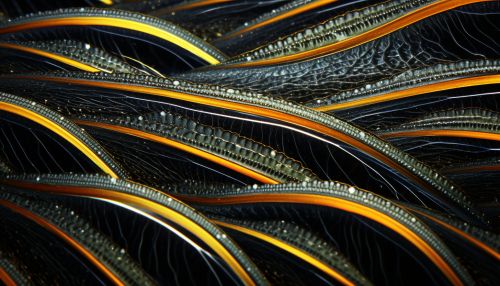Paramecium
Introduction
Paramecium is a genus of unicellular ciliated protozoa that are commonly studied as a representative of the ciliate group. They are widespread in freshwater, brackish, and marine environments and are often very abundant in stagnant basins and ponds. Paramecium is distinguished by its elongated cell shape, which can be up to 0.33 mm in length, and its characteristic way of moving through water by beating rows of tiny hair-like structures called cilia.
Classification and Evolution
Paramecium belongs to the phylum Ciliophora, which is one of the most diverse groups of protozoa. It is classified under the class Oligohymenophorea, which also includes other well-known ciliates such as Tetrahymena and Vorticella. The genus Paramecium is further divided into several species, including Paramecium aurelia, Paramecium bursaria, and Paramecium caudatum, among others. The evolutionary history of Paramecium is not well-understood, but it is believed to have evolved from a common ancestor with other ciliates over a billion years ago.


Structure and Morphology
Paramecium has a characteristic slipper-like shape, with a length ranging from 50 to 330 micrometers. The body is covered with rows of cilia, which are used for locomotion and feeding. The cell is highly structured and differentiated, with several specialized organelles. The most prominent of these is the macronucleus, which controls the cell's growth and reproduction, and the micronucleus, which is involved in sexual reproduction. Paramecium also has a complex oral apparatus, consisting of a mouth opening (cytostome) and a series of membranelles and cilia that direct food particles into the cell.
Physiology and Behavior
Paramecium is a heterotroph, feeding primarily on bacteria and other small organic particles. It captures its food by creating a water current with its cilia, which sweeps food particles into its oral groove. From there, the food is enclosed in a food vacuole, where it is digested and absorbed into the cell. Paramecium can also exhibit complex behaviors, such as avoiding obstacles and responding to changes in light, temperature, and chemical conditions.
Reproduction
Paramecium can reproduce both asexually and sexually. Asexual reproduction is the most common method and occurs by binary fission, where the cell divides into two identical daughter cells. Sexual reproduction in Paramecium involves a process called conjugation, where two cells exchange genetic material through a temporary fusion of their cytoplasm. This process increases genetic diversity and can help the population adapt to changing environmental conditions.
Ecological Role
Paramecium plays an important role in aquatic ecosystems. As a primary consumer, it helps to control bacterial populations and recycle organic material. Paramecium is also a food source for many larger organisms, including other protozoa, small invertebrates, and fish larvae. Its abundance and sensitivity to environmental changes make it a useful indicator of water quality and ecological health.
Research and Medical Importance
Paramecium has been a model organism in cell and molecular biology for over a century. Its ease of cultivation, rapid growth, and complex cellular structure make it an ideal subject for studying fundamental processes such as cell division, cilia movement, and cellular differentiation. Paramecium is also used in teaching and research to illustrate the principles of genetics and evolution. While not a human pathogen, studies of Paramecium have contributed to our understanding of diseases caused by other ciliates, such as the dysentery-causing Balantidium coli.
